

Articles
How To Store Rice In Buckets
Modified: January 6, 2024
Discover the best way to store rice in buckets with these informative articles. Ensure your rice stays fresh and protected for long term storage.
(Many of the links in this article redirect to a specific reviewed product. Your purchase of these products through affiliate links helps to generate commission for Storables.com, at no extra cost. Learn more)
Introduction
Storing rice in buckets is an effective way to ensure its longevity and freshness. Whether you buy rice in bulk or have excess rice that needs to be stored properly, using buckets is a great option. Not only do buckets provide an airtight seal to protect the rice from moisture and pests, but they also make it easy to organize and access the rice whenever needed.
In this article, we will guide you through the step-by-step process of storing rice in buckets. We will cover everything from selecting the right buckets to monitoring and maintaining the rice storage. By following these guidelines, you can extend the shelf life of your rice and avoid wastage.
Note: Before storing rice in buckets, ensure that the quality of the rice is good and free from any contaminants or bugs. It is advisable to purchase rice from reliable sources and check for any signs of damage or infestation before storage.
Key Takeaways:
- Properly storing rice in buckets ensures long-term freshness, reduces food waste, and provides a convenient and cost-effective pantry staple for daily meals and emergencies.
- Following the step-by-step guide for storing rice in buckets guarantees safe consumption, optimal quality, and easy access to a readily available food source.
Read more: How To Store Food In Buckets
Materials Needed
Before you begin the process of storing rice in buckets, it’s important to gather all the necessary materials. Here is a list of items you will need:
- Food-grade plastic buckets with lids: Look for buckets made from high-quality, food-grade plastic that are specifically designed for long-term food storage. These buckets should have airtight lids to maintain the freshness of the rice.
- Mylar bags or food-grade liners (optional): Adding an extra layer of protection can further prevent moisture and pests from reaching the rice. Mylar bags or food-grade liners can be used to line the buckets, creating an additional barrier.
- Oxygen absorbers: Oxygen absorbers are a crucial component of long-term food storage. They help remove any remaining oxygen inside the bucket, preventing oxidation and spoilage.
- Labeling materials: To keep track of the type of rice and the date of storage, you will need labels or markers to clearly indicate the contents of each bucket.
- A clean, dry area for storage: Find a cool, dry place in your home or pantry where the buckets can be stored without exposure to sunlight or extreme temperature fluctuations.
Once you have gathered these materials, you can proceed with the storage process. It’s essential to use food-grade materials and follow proper sanitation practices to ensure the rice remains safe for consumption.
Step 1: Selecting the Right Buckets
Choosing the right buckets for storing rice is key to ensuring its quality and longevity. Here are some factors to consider:
- Food-grade plastic: Opt for buckets made from food-grade plastic to ensure that there are no harmful chemicals that can leach into the rice. Look for buckets that are specifically designed for long-term food storage.
- Airtight lids: The buckets should have tightly sealing lids to prevent any air, moisture, or pests from entering. This will help maintain the freshness and integrity of the rice.
- Size and quantity: Consider the amount of rice you plan to store and choose buckets accordingly. It’s better to have several smaller buckets instead of one large bucket to prevent any issues with accessibility and spoilage.
- Durable and sturdy: Ensure that the buckets are sturdy enough to withstand the weight of the rice and any stacking if necessary. They should also be durable enough to last for an extended period of time.
It’s important to note that used buckets previously used for non-food items or chemicals should not be repurposed for storing rice, as they may contain residual substances that can contaminate the rice.
Once you have selected the right buckets, thoroughly clean and sanitize them before use. This will help eliminate any potential contaminants and maintain the overall hygiene of the rice storage.
Step 2: Cleaning and Sterilizing the Buckets
Before storing rice in the buckets, it’s crucial to clean and sterilize them to ensure a hygienic and safe storage environment. Here’s how to do it:
- Begin by emptying the buckets and removing any existing residue or debris.
- Wash the buckets thoroughly with hot soapy water, using a scrub brush or sponge to remove any dirt or stains.
- Rinse the buckets thoroughly with clean water to remove any soap residue.
- Next, prepare a sanitizing solution by mixing one tablespoon of bleach with one gallon of water. Alternatively, you can use food-grade hydrogen peroxide or white vinegar diluted in water.
- Dip a clean cloth or sponge into the sanitizing solution and wipe down the inside and outside of the buckets. Make sure to pay extra attention to the rims and lids.
- Allow the buckets to air dry completely in a clean and dust-free area. If needed, you can use a clean towel or paper towel to speed up the drying process.
- Once the buckets are dry, they are ready to be used for storing rice.
By following these cleaning and sterilizing steps, you can eliminate any potential bacteria or contaminants that may affect the quality and safety of the rice. It’s essential to maintain proper hygiene throughout the storage process to ensure the longevity of the rice.
Step 3: Preparing the Rice for Storage
Properly preparing the rice before storage is essential to maintain its quality and flavor over an extended period. Here are the steps to prepare the rice:
- Inspect the rice: Before storing, carefully inspect the rice for any signs of damage, insects, or impurities. Remove any foreign objects, such as stones or debris, that may have found their way into the rice.
- Measure the rice: Determine the quantity of rice you plan to store. It’s important to note that under ideal conditions, rice can be stored for a long time. However, it’s advisable to store only the amount that you can consume within a reasonable period to maintain freshness.
- Dry the rice (optional): If the rice contains excess moisture or feels damp, it’s recommended to dry it before storage. You can spread the rice on a clean, dry surface and allow it to air-dry for a few hours. Make sure the rice is completely dry before moving to the next step.
- Transfer the rice into airtight bags or containers: Place the prepared rice into airtight bags, mylar bags, or food-grade storage containers. These additional layers of protection can help prevent moisture and pests from reaching the rice.
- Consider using oxygen absorbers: Oxygen absorbers are beneficial for long-term storage. Include an appropriate number of oxygen absorbers based on the size and quantity of rice being stored. These absorbers help eliminate oxygen, which can lead to spoilage and degradation of the rice.
By following these steps, you ensure that the rice is free from contaminants, adequately measured, and properly prepared for long-term storage. This preparation process will help maintain the freshness and quality of the rice throughout its storage period.
Read more: How To Store Bucket Hats
Step 4: Filling the Buckets with Rice
Once you have prepared the rice for storage, it’s time to fill the buckets with the rice. Follow these steps to ensure a smooth and efficient filling process:
- Place the clean and sterilized buckets on a stable surface in your storage area.
- Ensure that the buckets are easily accessible and arranged in a way that allows for easy identification of their contents.
- If you are using mylar bags or food-grade liners, line the buckets with them, creating an additional layer of protection.
- Carefully pour the prepared rice into the buckets, filling them up to about 90% full. Leave some space at the top to accommodate the oxygen absorbers and allow for proper sealing.
- If you are using oxygen absorbers, insert the appropriate number of absorbers into the buckets. It’s advisable to follow the instructions provided by the manufacturer regarding the number of absorbers needed for the specific quantity of rice being stored.
- Ensure that the rice is evenly distributed and level inside the buckets. Avoid compressing the rice too tightly, as it can increase the risk of moisture retention.
- Wipe any spilled rice or debris from the rims of the buckets to ensure a proper seal when closing.
By following these steps, you can effectively fill the buckets with rice, ensuring that it is properly stored and ready for long-term storage.
When storing rice in buckets, make sure the buckets are clean, dry, and airtight to prevent moisture and pests from getting in. Also, label the buckets with the date of storage for easy rotation.
Step 5: Sealing the Buckets Properly
After filling the buckets with rice, it’s crucial to seal them properly to create an airtight and secure environment for long-term storage. Here’s how to seal the buckets:
- Ensure that the rims and lids of the buckets are clean and dry.
- Place the lid on the bucket and press down firmly to create a tight seal.
- For added security, you can use a rubber mallet or hammer to gently tap on the edges of the lid, ensuring it is tightly secured.
- If using mylar bags or food-grade liners, gather the excess material and fold it over the rice. Place the lid on top and seal it tightly.
- Check for any gaps or openings in the seal. If necessary, adjust the lid or add additional pressure to ensure a complete seal.
It’s important to note that a proper seal is essential to prevent moisture, pests, and air from entering the buckets. A secure seal will help maintain the freshness and quality of the rice throughout its storage period.
After sealing the buckets, it’s a good idea to double-check the seal periodically to ensure it remains intact. If you notice any signs of damage or compromised seals, it’s best to transfer the rice to a new bucket with a proper seal.
Step 6: Labeling and Dating the Buckets
Labeling and dating the buckets is an important step in the rice storage process. This allows you to easily identify the contents and keep track of the storage duration. Follow these steps to properly label and date the buckets:
- Use labels or markers that are waterproof and resistant to smudging.
- On each bucket, write a clear and descriptive label indicating the type of rice stored inside. For example, “White Rice”, “Brown Rice”, or “Jasmine Rice”. This will help you quickly identify the rice without needing to open each bucket.
- Include the date of storage on each bucket. This is crucial for monitoring the freshness and rotation of the rice. Write the month and year when the rice was stored to ensure accuracy.
- If you have multiple buckets of the same type of rice, consider numbering them sequentially. This will help you easily keep track of the order in which the buckets should be used.
By properly labeling and dating the buckets, you can easily identify the type and duration of storage, allowing for efficient rotation and consumption of the rice. This step ensures that you utilize the oldest rice first, maintaining a fresh and well-managed rice inventory.
Step 7: Storing the Buckets in the Right Location
The proper storage location for your rice buckets is crucial for maintaining the quality and longevity of the rice. Here are some guidelines for choosing the right storage location:
- Find a cool and dry area: Choose a storage area that is consistently cool and dry. Avoid areas that are prone to temperature fluctuations or high humidity, as these conditions can affect the quality of the rice and promote the growth of mold or insects.
- Avoid direct sunlight: Exposure to sunlight can accelerate the deterioration of the rice. Store the buckets in a location where they are shielded from direct sunlight to maintain the quality and nutritional value of the rice.
- Avoid areas with strong odors: Rice has the ability to absorb odors from its surroundings. Keep the buckets away from areas with strong odors, such as cleaning chemicals, fuel, or strong spices, to prevent flavor contamination.
- Ensure proper ventilation: Good air circulation is essential to prevent the buildup of moisture and discourage the growth of mold or mildew. Avoid storing the rice in tightly enclosed spaces without proper ventilation.
- Consider elevation and accessibility: Store the buckets in an easily accessible location, preferably raised off the ground to prevent moisture absorption. This also makes it easier to rotate and access the buckets when needed.
Remember to periodically check the storage area for any signs of pests or moisture. Inspect the buckets for any damage or compromised seals. Maintaining the right storage conditions will help preserve the quality and freshness of the rice for an extended period.
Read also: 10 Best Sauna Bucket For 2024
Step 8: Monitoring and Maintaining the Rice Storage
Properly monitoring and maintaining the rice storage is essential to ensure the longevity and quality of the stored rice. Follow these guidelines to effectively monitor and maintain your rice storage:
- Regularly check the buckets: Inspect the buckets periodically for any signs of damage, pest infestation, or compromised seals. If you notice any issues, transfer the rice to a new bucket with a proper seal.
- Rotate the rice: To maintain freshness, it’s recommended to practice first-in, first-out (FIFO) rotation. This means using the oldest rice first and replacing it with fresh rice. Keep track of the storage dates and consume or replace the rice accordingly.
- Monitor temperature and humidity: Regularly monitor the storage area for temperature and humidity fluctuations. High humidity can lead to moisture absorption and mold growth, while extreme temperatures can affect the quality of the rice. Make necessary adjustments to maintain optimal conditions.
- Inspect for signs of spoilage: When using the stored rice, carefully examine it for any signs of spoilage, such as off-odors, mold, or insects. If you notice any issues, discard the affected rice and inspect other buckets for potential contamination.
- Properly reseal opened buckets: Once opened, reseal the buckets tightly to prevent moisture and pests from entering. Use new oxygen absorbers if necessary and ensure a secure seal.
By consistently monitoring and maintaining your rice storage, you can ensure that the rice remains fresh and safe for consumption. Regular checks and proper storage practices are key to maximizing the shelf life of your stored rice.
Conclusion
Storing rice in buckets is a practical and efficient method to preserve its freshness and longevity. By following the outlined steps in this guide, you can ensure that your stored rice remains safe for consumption and maintains its quality over an extended period.
From selecting the right buckets and properly cleaning them to preparing the rice for storage and sealing the buckets tightly, each step plays a crucial role in ensuring the optimal conditions for storing rice. Labeling and dating the buckets, choosing the right storage location, and regularly monitoring and maintaining the rice storage are also essential practices to keep in mind.
Remember, rice is a staple food that is consumed by millions of people around the world. By properly storing rice in buckets, you can have a readily available food source in your pantry, save money by buying in bulk, and reduce food waste.
By adhering to proper storage practices, you can enjoy the convenience and benefits of having well-preserved rice at your disposal, whether it is for daily meals, emergencies, or long-term supplies.
Now that you have a comprehensive understanding of how to store rice in buckets, it’s time to put this knowledge into practice. Follow the steps, maintain a clean storage area, and regularly monitor your rice supply to ensure a continuous source of fresh and delicious rice for you and your family.
Frequently Asked Questions about How To Store Rice In Buckets
Was this page helpful?
At Storables.com, we guarantee accurate and reliable information. Our content, validated by Expert Board Contributors, is crafted following stringent Editorial Policies. We're committed to providing you with well-researched, expert-backed insights for all your informational needs.
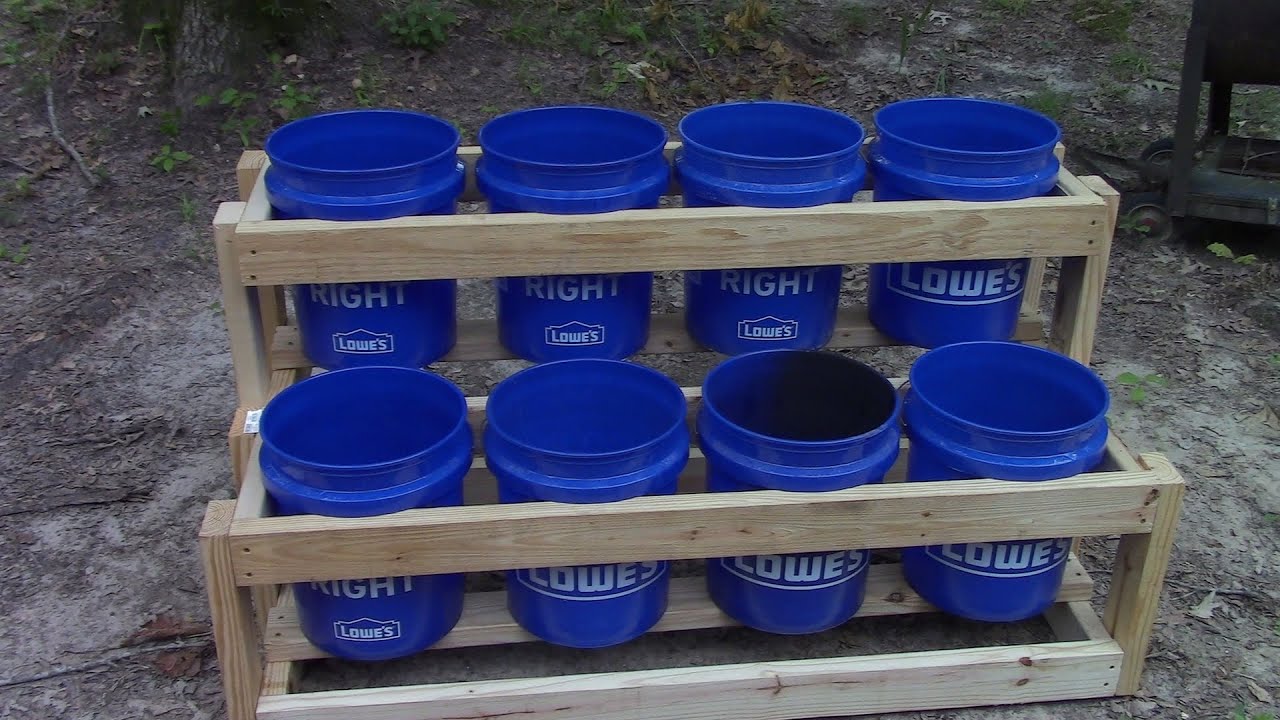
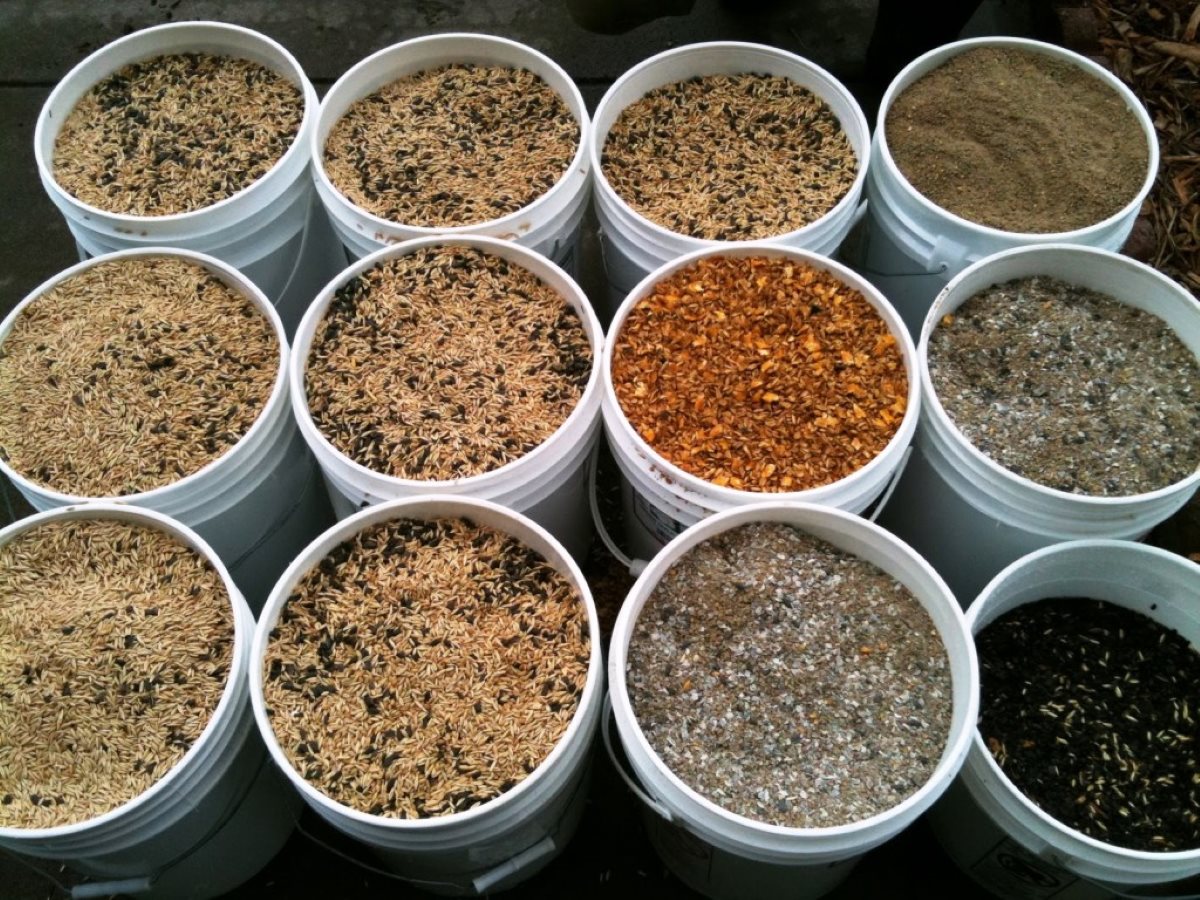
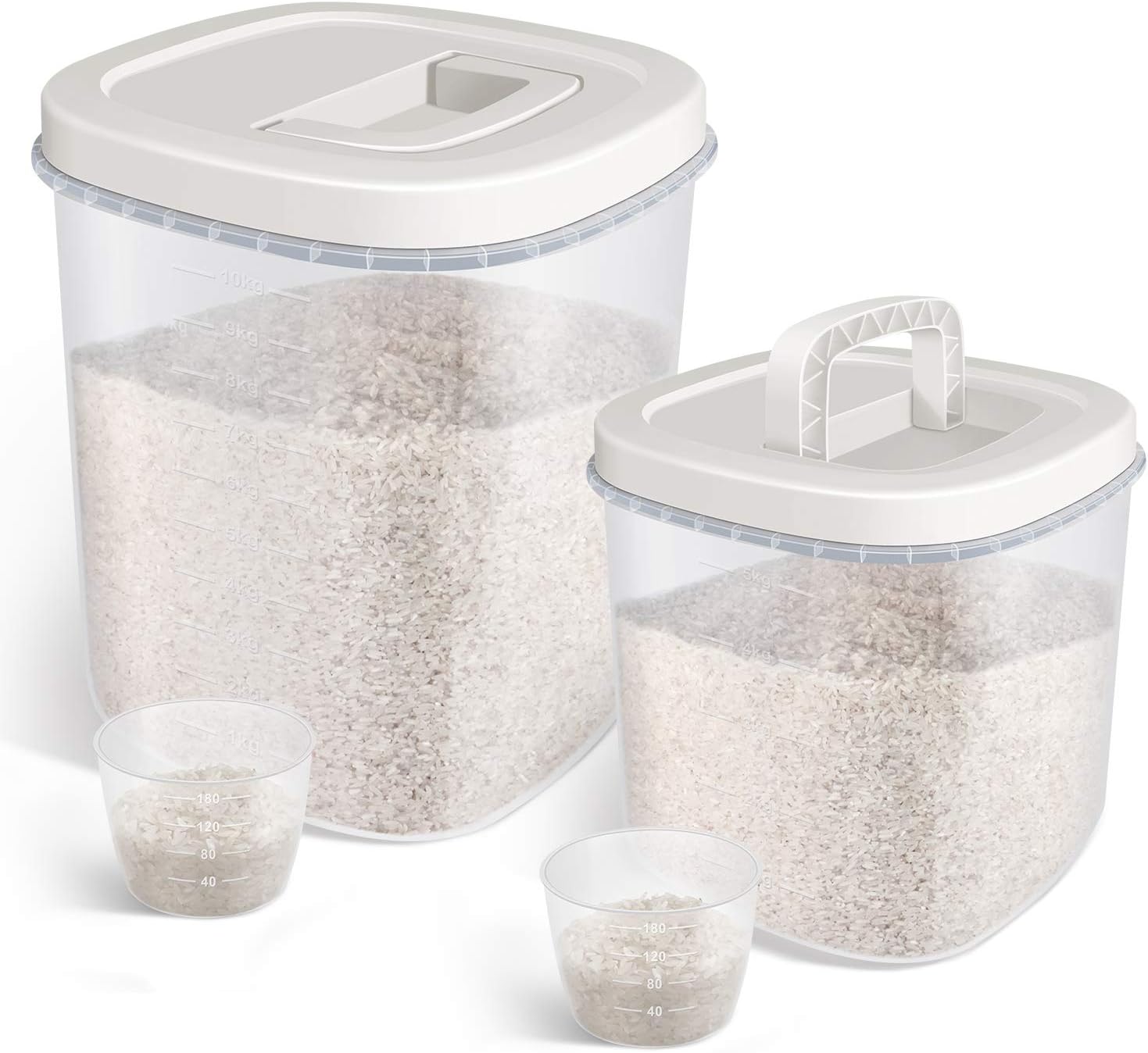
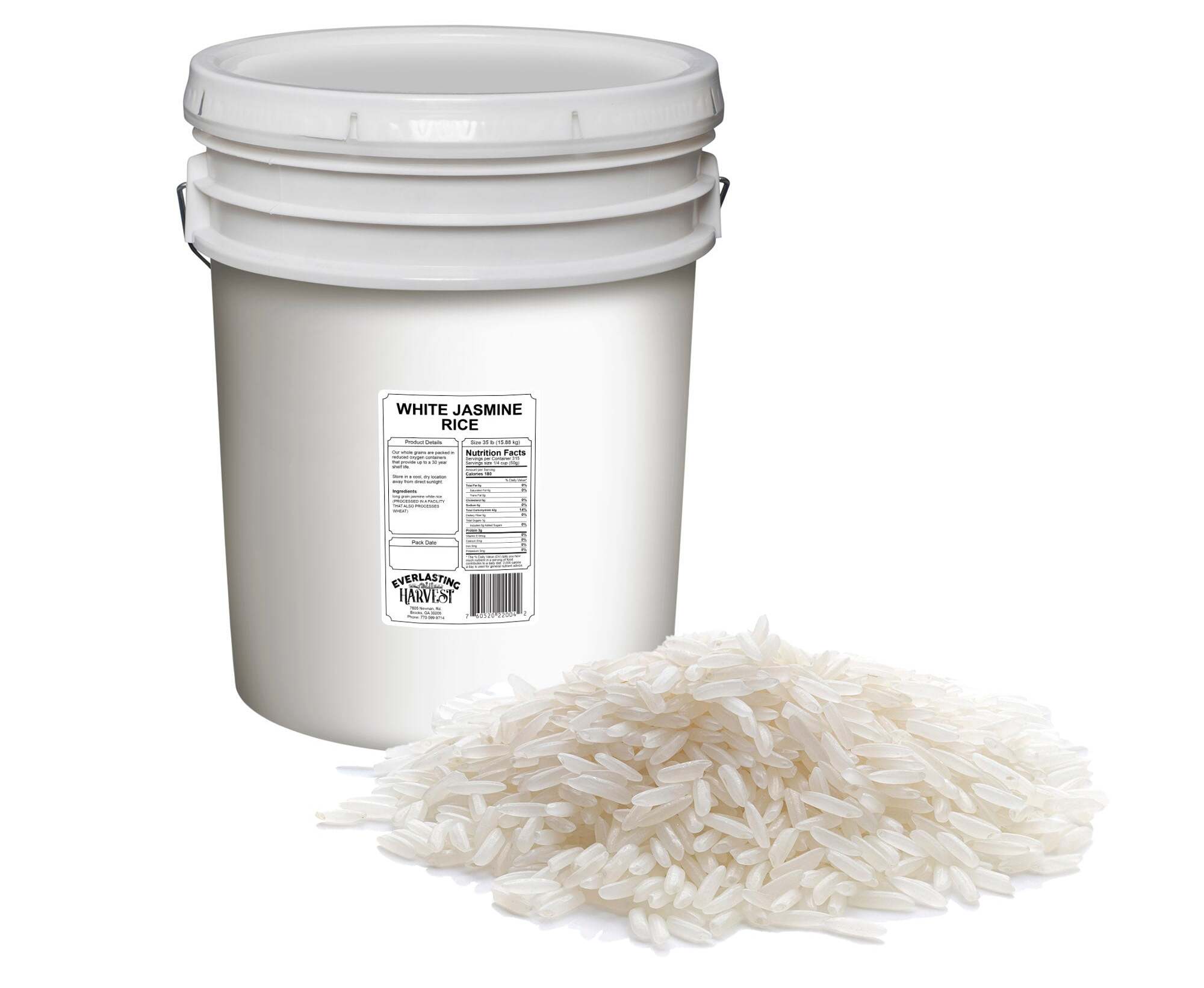
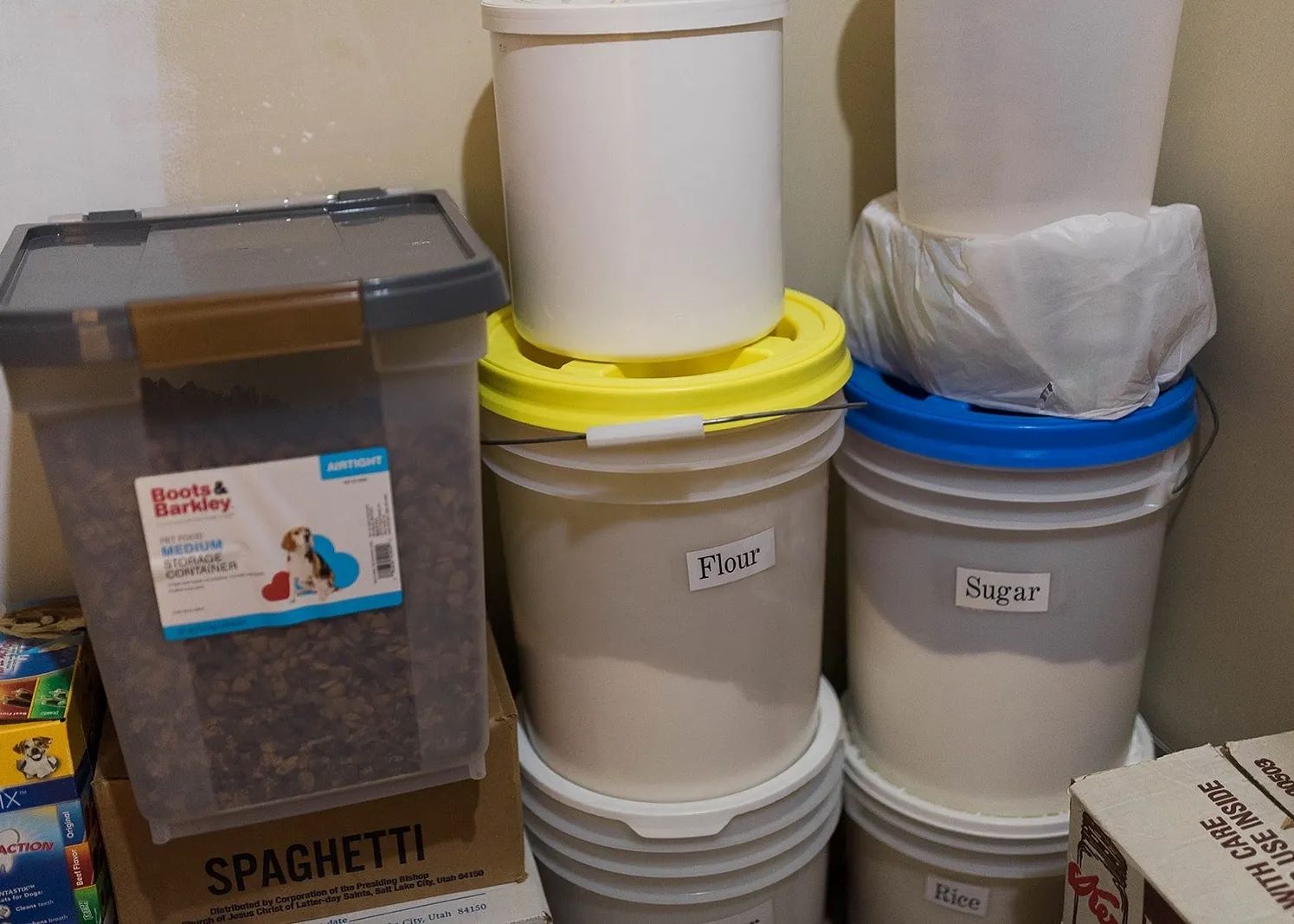
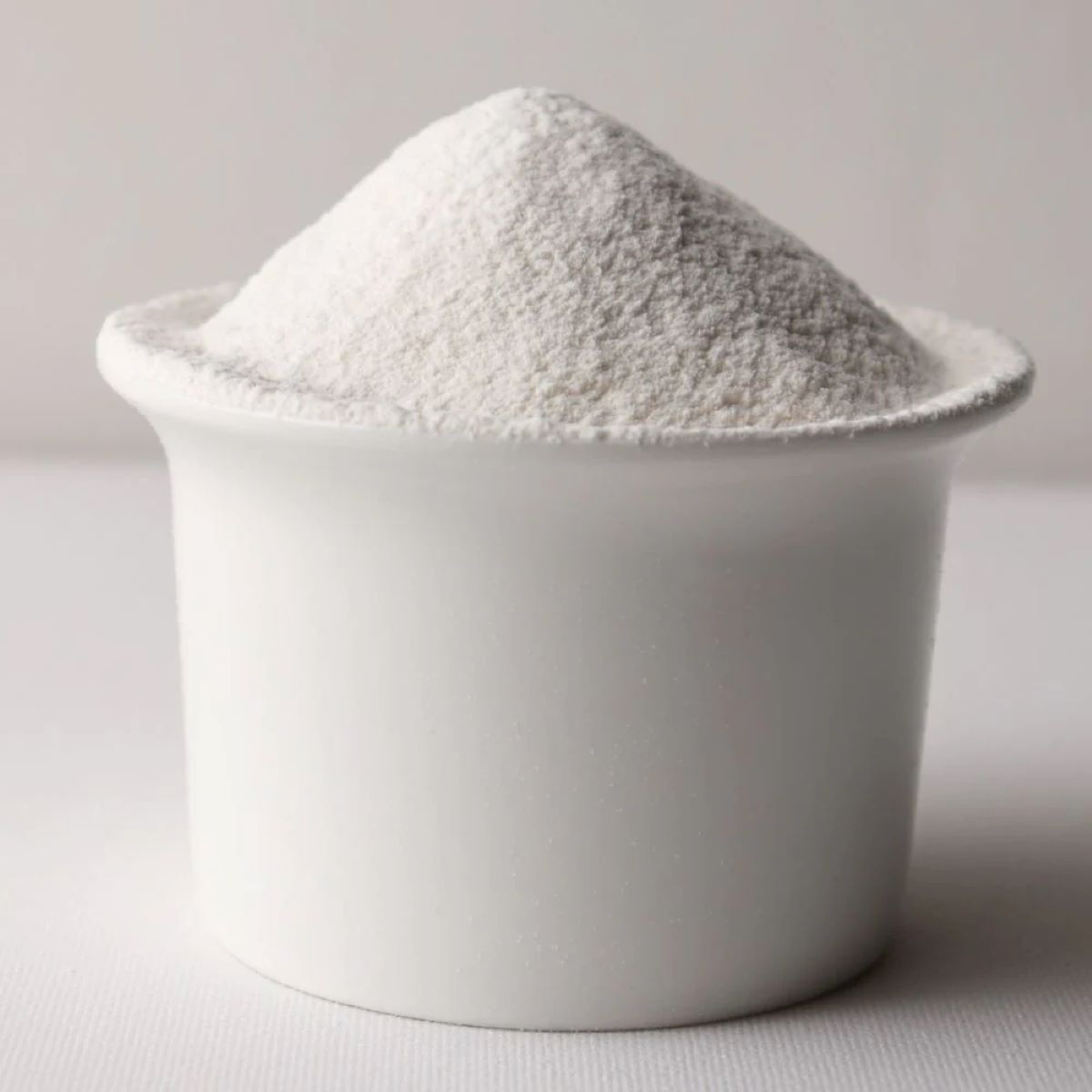

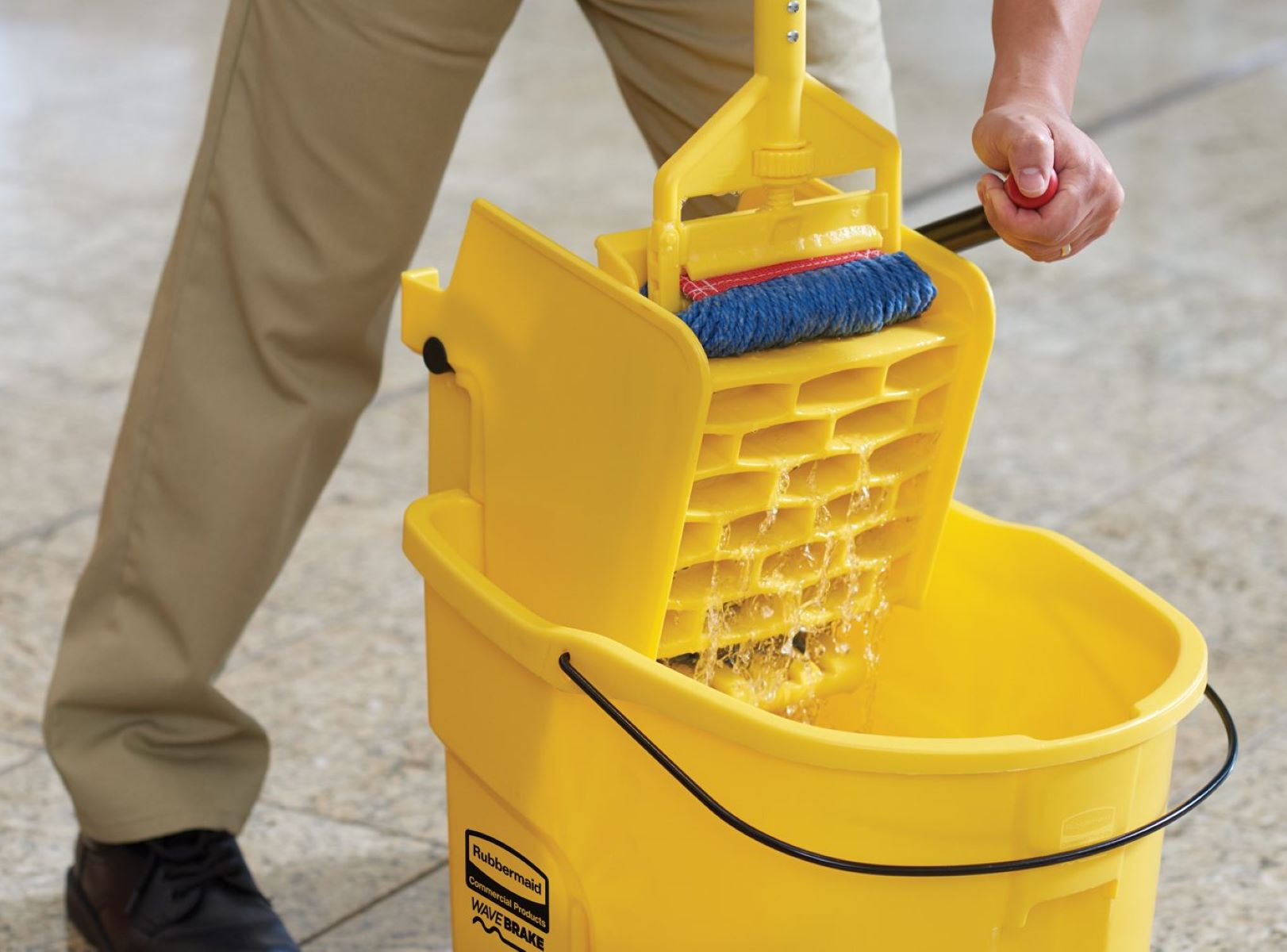
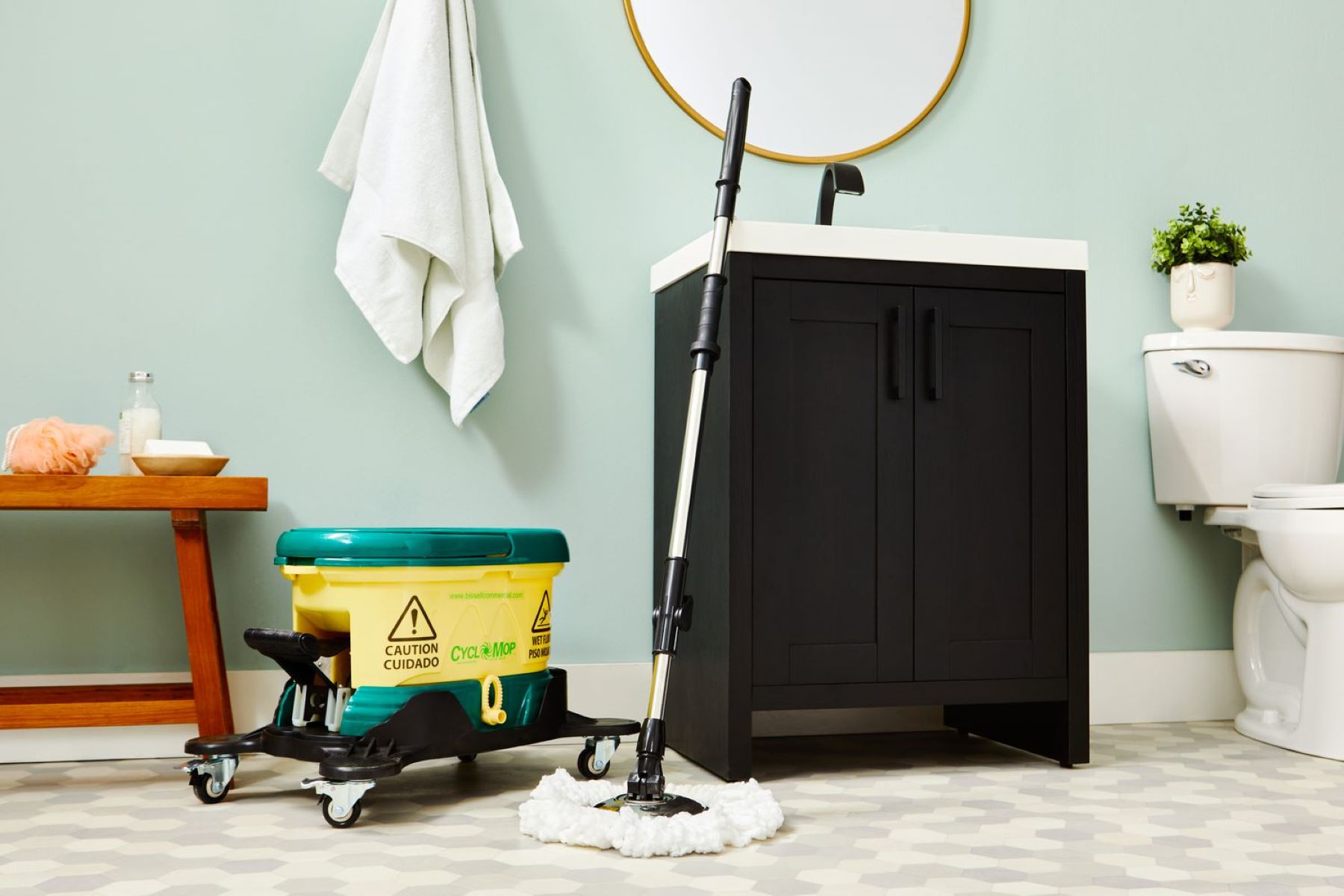
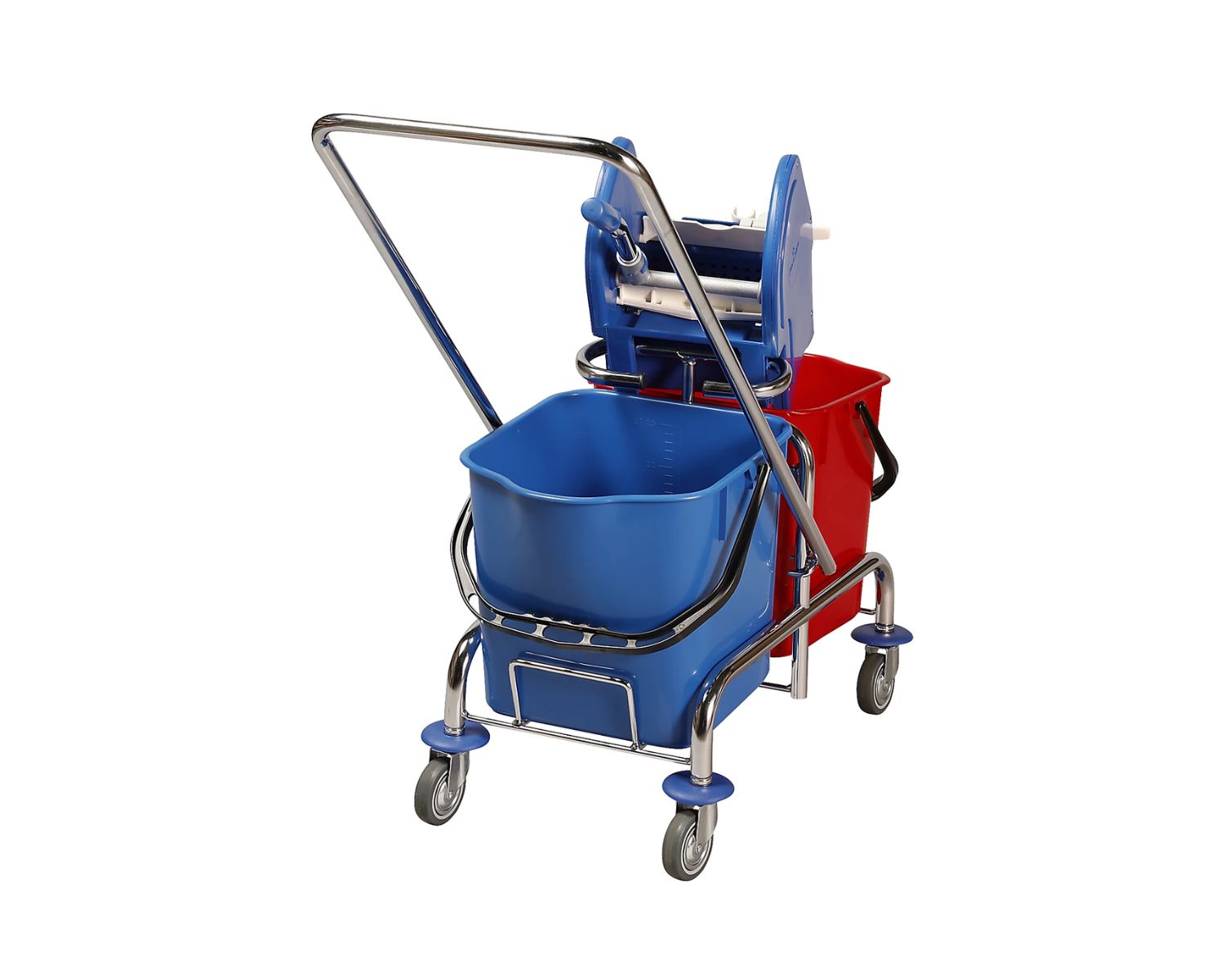
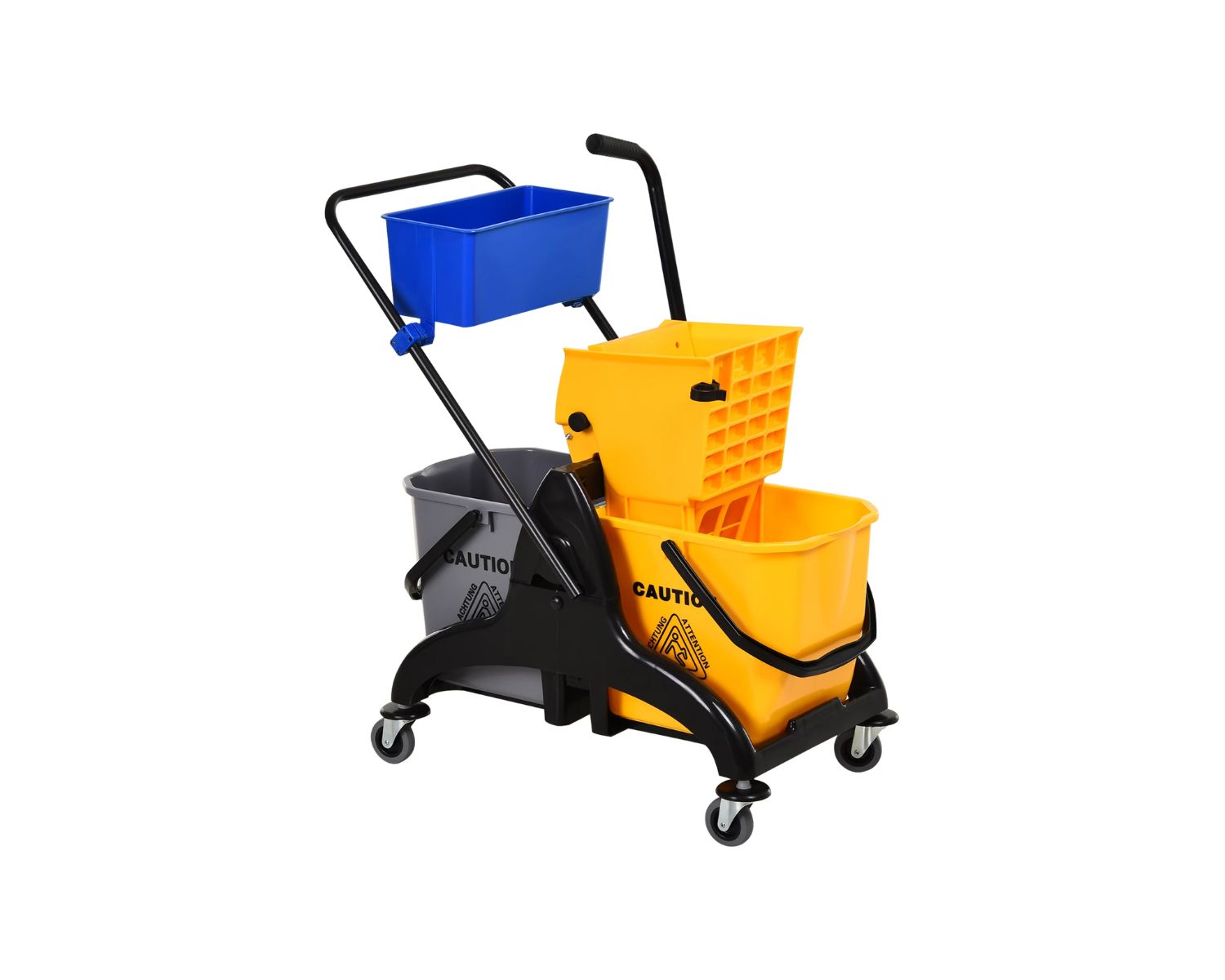
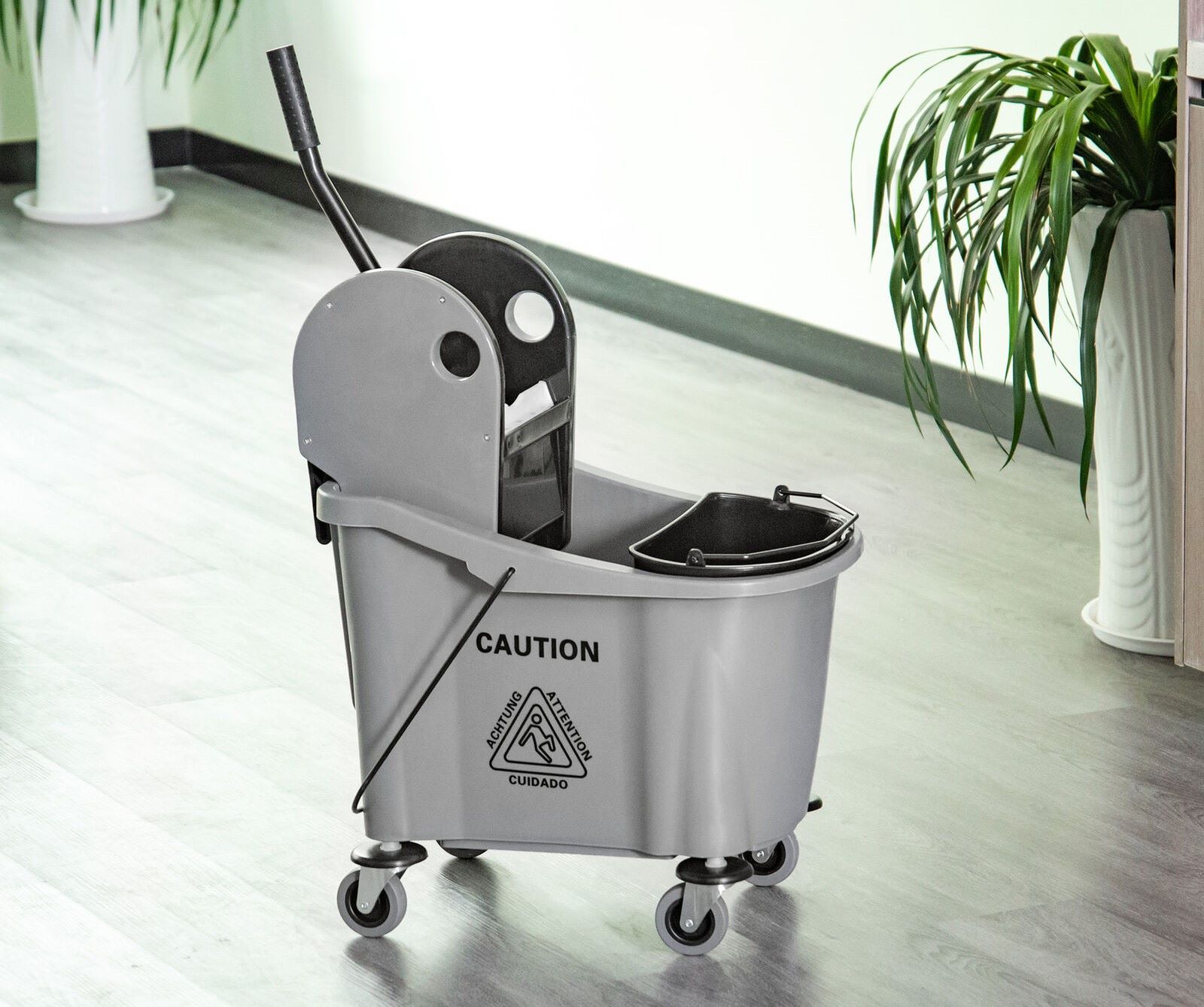
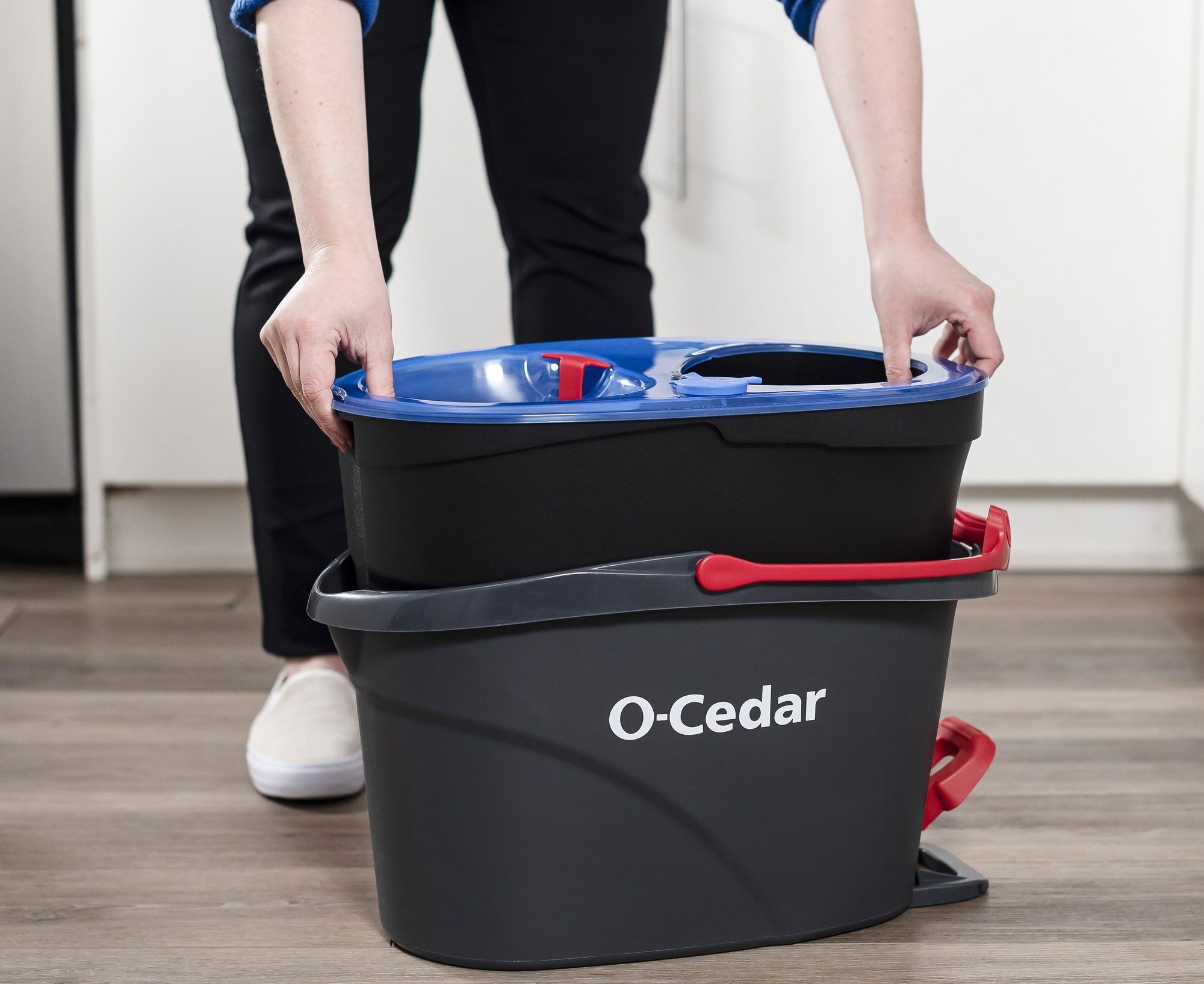

0 thoughts on “How To Store Rice In Buckets”